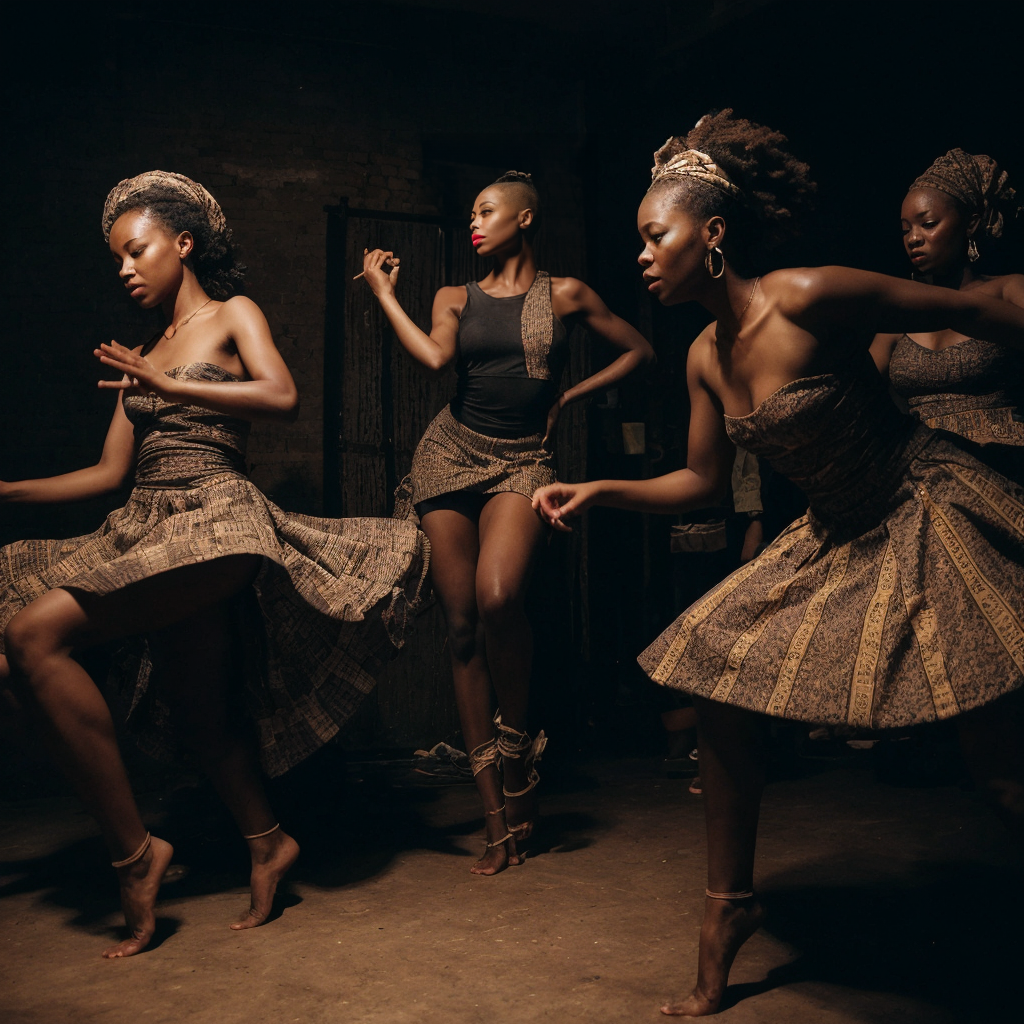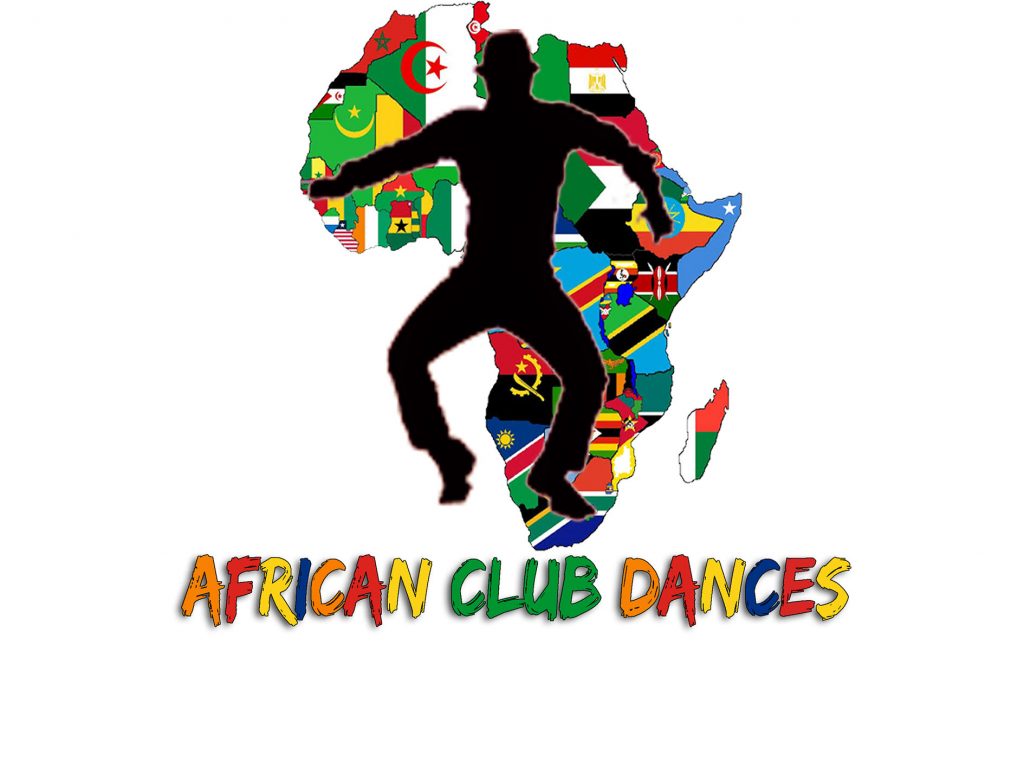Amapiano History
Amapiano is a genre of music that emerged in South Africa in the mid-2010s, quickly rising to prominence and becoming one of the country’s most popular music genres. Amapiano, which translates to “the pianos” in Zulu, is distinguished by its deep house, jazz, and lounge music influences combined with wide percussive basslines and synthesized melodies. This genre is notable for its use of the piano, which plays a central role in creating its unique sound—a slow, melodic, and soulful rhythm that captures the essence of South African musical heritage while also embracing modern electronic music production techniques.
Fun Fact: Amapiano was initially spread and popularized through online platforms and social media, with DJs and producers sharing tracks on WhatsApp and SoundCloud. This grassroots approach to distribution helped Amapiano quickly gain a foothold in South Africa’s vibrant music scene, bypassing traditional music industry channels.
The roots of Amapiano can be traced back to townships around the cities of Pretoria, Johannesburg, and Durban. It evolved from the South African house music scene and kwaito, incorporating local influences and sounds to create something entirely new and exciting. Early Amapiano tracks were characterized by their raw, lo-fi quality, as many were produced in home studios with limited equipment. However, as the genre grew in popularity, the production quality improved, attracting a wider audience and leading to professional studio recordings.

Amapiano has not only dominated the South African music charts but has also gained international recognition, with artists and DJs from around the world incorporating elements of Amapiano into their own music. The genre’s infectious beat and unique blend of sounds have made it a favorite on dance floors across the globe. Furthermore, Amapiano has given rise to new dances and fashion trends, contributing to its status as a cultural movement as much as a musical genre.
Trivia: One of the hallmarks of Amapiano is the “log drum,” a bass sound that adds depth and warmth to the track, creating its signature vibe. This, along with the genre’s characteristic vocal snippets and airy pads, helps to create an immersive and distinctly South African soundscape.
As Amapiano continues to evolve, it remains deeply connected to South Africa’s rich musical landscape, drawing on the country’s history of innovation in music and dance to create a sound that is both local and universally appealing. Its growth reflects the dynamic and transformative power of music, as well as the global reach of South African culture and creativity.
